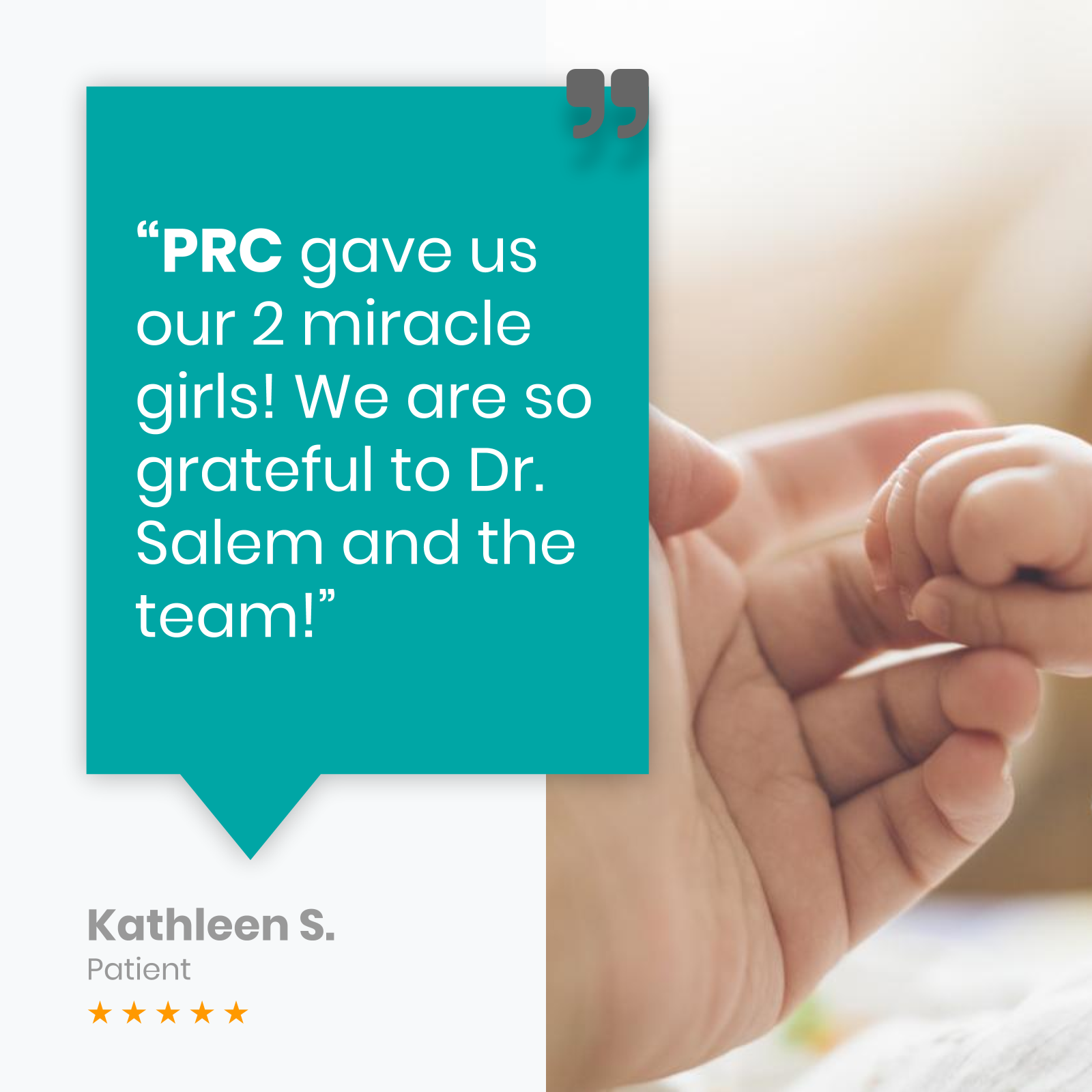Myomectomy
Myomectomy in Southern California
Myomectomy surgery can help address potential pregnancy hindrances and improve your chances of conception. Here’s what you need to know about uterine myomectomy and infertility treatments.
Fibroids, also called myomas or uterine leiomyomas, are the most common gynecological abnormalities. They are uterine growths that can cause significant discomfort and heavy bleeding both during and between periods. They might develop at any time, from peak childbearing years to middle age. The symptoms can be severe enough to hinder daily activities, and they are also a very common cause of fertility challenges. One of the most effective treatments for bothersome fibroids is a myomectomy.
Myomectomy is a surgical procedure used in the removal of fibroid growths. It is typically a preferred procedure by both physicians and patients because it repairs the uterus, preserving the possibility of conception
We specialize in performing surgical interventions like laparoscopy and myomectomy in Los Angeles. Many patients experience significant symptom reduction after a uterine myomectomy procedure and can conceive without assisted reproductive technology.
When Is a Myomectomy Procedure Used?
Although some women with fibroids elect not to have them immediately removed because they are small and do not cause symptoms, a myomectomy procedure might be performed on patients under the following circumstances:
- When a patient wants to become pregnant in the future.
- When fibroids are actively inhibiting pregnancy.
- When symptoms cause significant discomfort and disruption of normal activities.
There are three categories of myomectomy: hysteroscopic, laparoscopic, and open myomectomy.
Hysteroscopic Myomectomy Surgery
This approach is the least invasive form of myomectomy. It is generally performed on patients with minor growths that are located in the cavity of the uterus.
The hysteroscope is inserted through the vagina and into the uterus. The interior is visualized on a monitor using the camera located on the tip of the instrument. The fibroids are then excised and extracted through the vagina. The total recovery time is minimal – generally one or two days. The patient is only required to remain in the medical facility for an hour after the procedure for monitoring.
Laparoscopic Myomectomy Surgery
If fibroid growths are believed to be in locations that cannot be accessed through a hysteroscopic myomectomy, then a laparoscopic myomectomy might be performed.
Though this is also a minimally invasive form of myomectomy, laparoscopic myomectomy does require incisions in the abdomen. The incisions are made so that the laparoscopic device can be inserted.
The device has a light and a camera at the tip to display the reproductive tract on a monitor, which gives the surgeon a detailed view of the exterior of the uterus. Once the location of the fibroids has been determined, the surgeon will create additional incisions so that surgical tools can be easily inserted. The fibroids are then removed through those additional incisions.
Laparoscopic myomectomy leaves minimal scarring and has a very low risk of complications. A 24-hour hospital stay is typically required.
Open Myomectomy Surgery
When fibroid growths have become too large to be removed using hysteroscopic or laparoscopic approaches, an open myomectomy surgery must be performed. Open myomectomy is considered a serious surgical procedure requiring a low-transverse incision, commonly known as a “bikini cut,” through which the fibroids are withdrawn. The procedure is performed under general anesthetic and requires a hospital stay of approximately two days. It might be recommended that subsequent pregnancies be delivered by planned cesarean section, depending upon how fragile the uterine wall has become as a result.
Before and After Myomectomy for Fibroids
Before myomectomy surgery, there are several steps and preparations that patients need to complete. It is crucial to understand these procedures to ensure a smooth and successful surgery. Patients typically undergo the following assessments before having a myomectomy procedure:
- Medical history review.
- Physical examination.
- Blood work and imaging tests.
After undergoing a fibroid myomectomy, it is essential to follow the post-operative care instructions, which will help ensure a smooth myomectomy recovery and minimize complications. Many patients are able to manage discomfort using over-the-counter medications, but your surgeon might prescribe specific medication to address significant pain. It is important to follow all medication instructions carefully.
Pacific Reproductive Center: Safe, Effective Myomectomy in Los Angeles
Discovering abnormal, symptomatic growths is always a frightening prospect. As a fertility clinic in California, we are committed to providing the support and dedicated care you need to recover quickly and improve your chances of conception. If you require a myomectomy in Los Angeles, please get in touch with our helpful representatives today.
Don’t Struggle with Infertility Alone. Contact Us Today.
Treatments
Pacific Reproductive Center has been successfully aiding conception for over two decades. We optimize the conditions of fertility treatment to give every potential parent the greatest chance of successful childbirth.
Resources
We ensure that every patient fully understands their medical condition and treatment options available to them. We understand each patient is unique so we help guide you through the best option to support your own fertility journey.
Looking for the Best Fertility Clinic in Southern California?
Pacific Reproductive Center has four convenient locations throughout Southern California, making it easy for patients to receive quality care close to home. Each IVF fertility center has an on-site lab, next-generation services, and state-of-the-art equipment.
Whether in Glendale, Torrance, Irvine, or Corona, our world-class fertility doctors can help you build the family you’ve always wanted.
3720 Lomita Blvd, Suite 200 Torrance, CA 90505
116 E. Broadway, Suite 300 Glendale, CA 91205
10 Post Irvine, CA 92618
381 Corporate Terrace Corona, CA 92879




